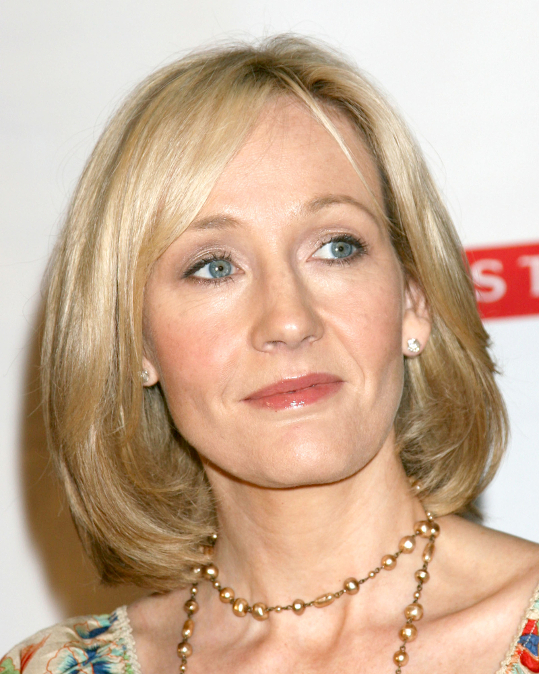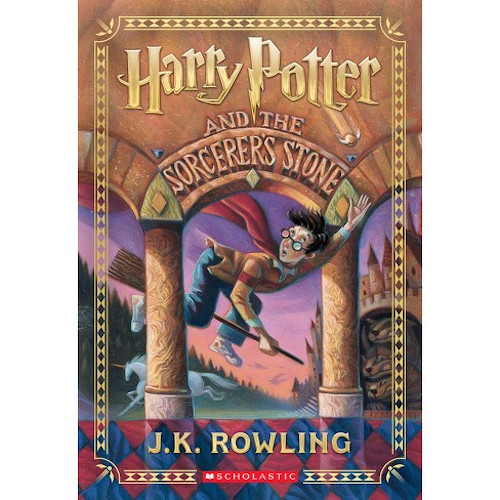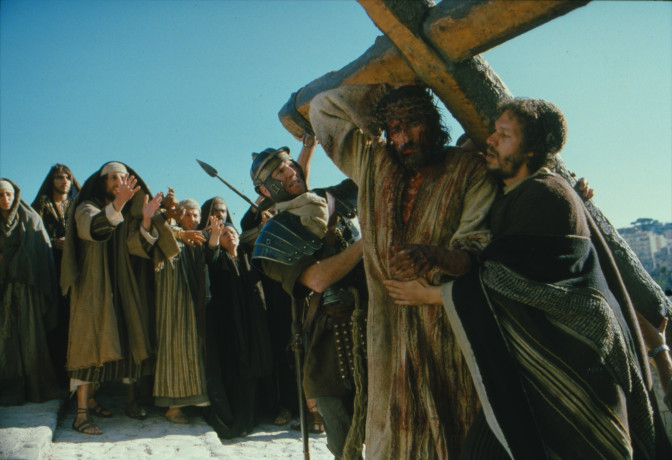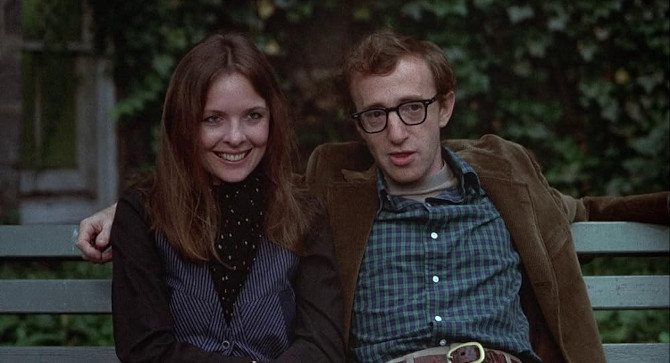The Art and the Artist: The Question of Morality in Media

In late 2022, Ye, formerly Kanye West, was under immense criticism for a series of anti-Semitic comments and actions, which resulted in a number of dire financial consequences for the artist.
Around the same time, a meme started circulating around the phrase “But he made Graduation,” making jokes at the expense of Ye fans who were ignoring the artist's problematic statements.
Some arguments state that continuing to consume an artist’s work after the artist is exposed for problematic behavior is immoral in that it is complicit in and further enables the bad behavior.
Others argue that while these beliefs are problematic, it’s possible to “separate the art and the artist” and ethically consume the work, despite the artist’s problematic nature.

To argue that art is inseparable from its creator would make it impossible to consume art simply from the perspective that not all people are perfectly moral. However, the biggest misstep here is if one assumes that most art can be tied back to one person only.
The creation of most art is not a solitary process. Many Ye songs credit a number of writers, not to mention recording engineers and others involved in the process.
This becomes an issue in the sense that those who argue for the immorality of consuming art from bad people often cite the financial implications of doing so.
It’s true that artists get royalties for their work, but many others are also getting a paycheck when making a film, for example. So if you were boycotting a film made by the likes of a Harvey Weinstein, you are also punishing the film’s writers, directors, gaffers, cinematographers, actors, grips, and countless others.

Even with books, which we often think of as a more solitary process, there can be teams of writers, ghostwriters, and editors who alter content. While we like to create “heroes” in mainstream media, we are not consuming the thoughts and creativity of a single person.
Were we to assume a piece of art primarily reflects the beliefs of one sole artist, the reasons for which people become upset with celebrities frequently have little to do with their actual work.
J.K Rowling, the author behind the Harry Potter series has been criticized for her sentiments against trans people. However, the Harry Potter I remember as a child did not contain unhinged transphobic rants.
On the contrary, I recall Harry Potter’s inclusion of the concept of Purebloods, and Mudbloods -- an allegory that serves as an interesting and empathetic way to bring up topics of racism and bigotry to young audiences.

Does this excuse Rowling’s transphobia? Certainly not, but the point is this element of the actual content of the book preaches empathy and understanding of those different from you -- even if that may not be a value its author holds true.
A more problematic element of the Harry Potter series would be the way in which some critics have asserted that the goblins of the franchise are reminiscent of Jewish stereotypes and caricatures.
Unlike Rowling’s cancellation for transphobia, this is a problematic element that directly informs the content of the work.
This is not to say Rowling is anti-Semitic. In response to these criticisms, the Campaign Against Antisemitism made a statement on X, formerly Twitter, essentially argued the portrayal of the stereotype was from a socially ingrained trope as opposed to direct intent.

This reinforces the social influence on art. Implicit biases and prejudices sneak into the way we see the world. Art reflects the time and the place, not just the individual
Something similar could be said of Woody Allen who has made a number of award-winning films with sex as a core theme. Allen has had a questionable history in regards to sex. Allen had an affair with – and married – his ex-girlfriend Mia Farrow’s daughter, and had to face alleged sexual abuse allegations from his own daughter. But Allen is no doubt a brilliant filmmaker, who has made Oscar-winning films that are considered classics, such as Annie Hall and Hannah and Her Sisters.
An interesting gray area would be Mel Gibson. The actor, director, and writer has been in trouble many times for expressing racist, homophobic, and anti-Semitic ideas in his personal life. There are those who have argued that his anti-Semitic beliefs may be reflected in Gibson’s “The Passion of the Christ,'' which has been criticized for an anti-Semitic portrayal of the death of Jesus Christ, and depicts Jews as responsible.
In a 2004 article prior to the film’s release, the Anti-Defamation League said, “If Mr. Gibson’s Passion reaches theaters as scheduled…in its present form… the ramifications of this film will reach far beyond Hollywood.”

A number of Gibson’s films deal with patriotic and religious themes such as Hacksaw Ridge, and The Patriot. While these may reflect Gibson’s ideas tangential to anti-Semitism in the way they preach his Christian ideologies, ultimately the ideas are open to criticism in the work themselves. Viewers with context can further interrogate the film against Gibson’s own personal beliefs.
Ultimately, the level at which an artist’s work is considered “corrupt” depends on our own tolerances and sense of morality. However, to discard the work of such artists carte-blanche might not be the best solution.
The way to confront these issues is perhaps not to completely discard, ignore, and shame, but to truly look at the art and media we consume with a cautious and more critical eye. It’s important to examine and address the problems we find, even in the things we love.
Author Bio:
Garrett Hartman is a contributing writer at Highbrow Magazine.
For Highbrow Magazine
Photo Credits: Depositphotos.com































































































































































































































































































































